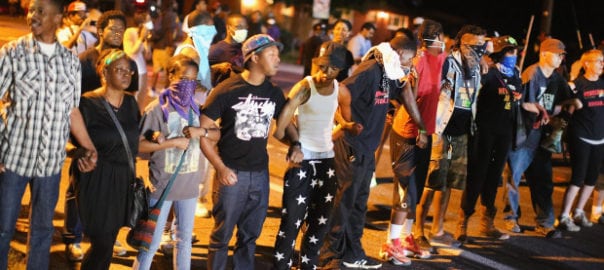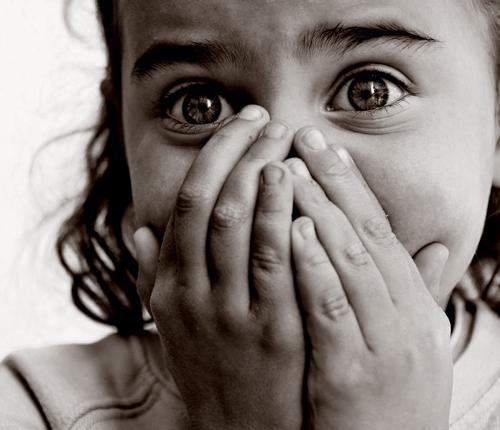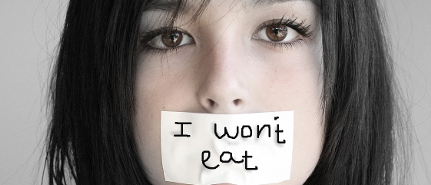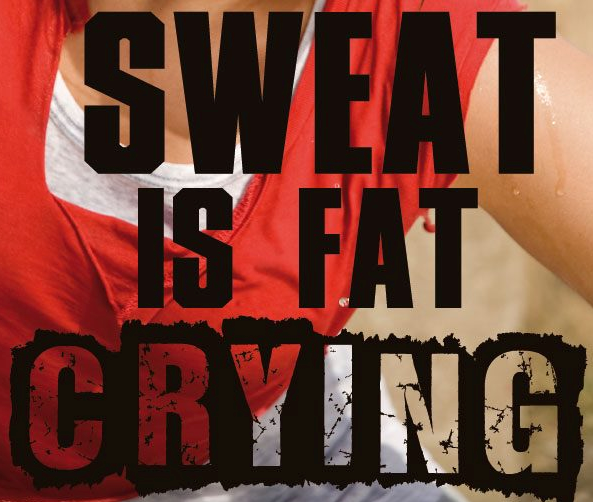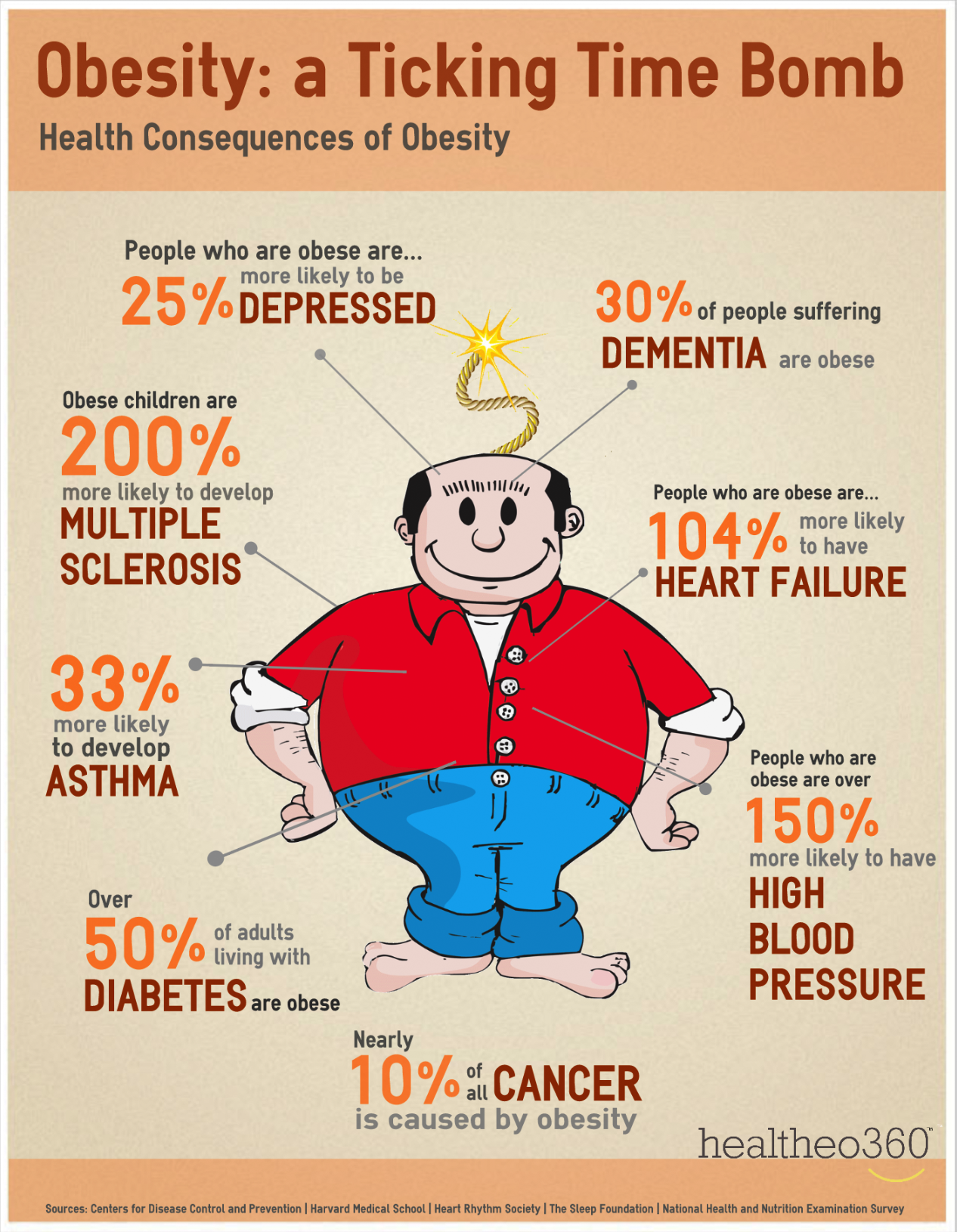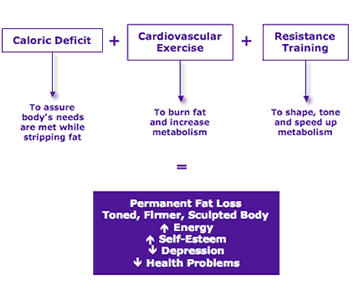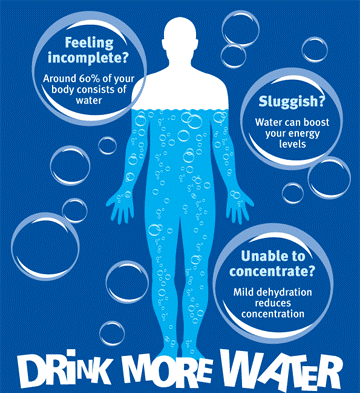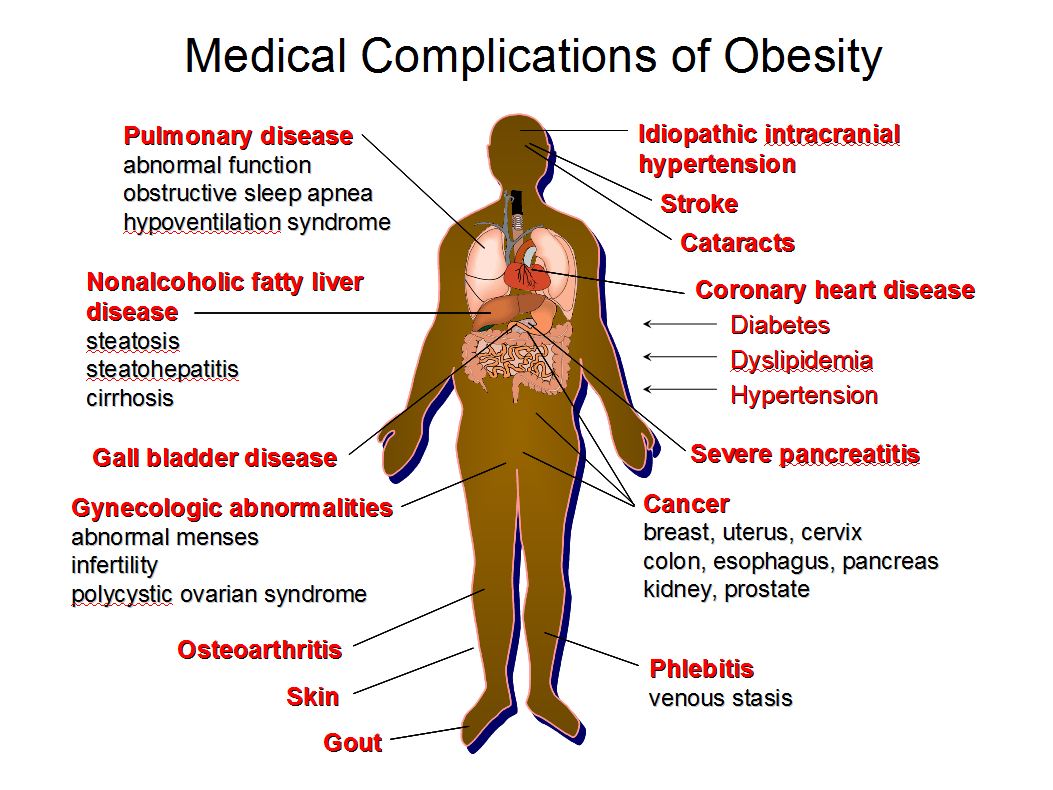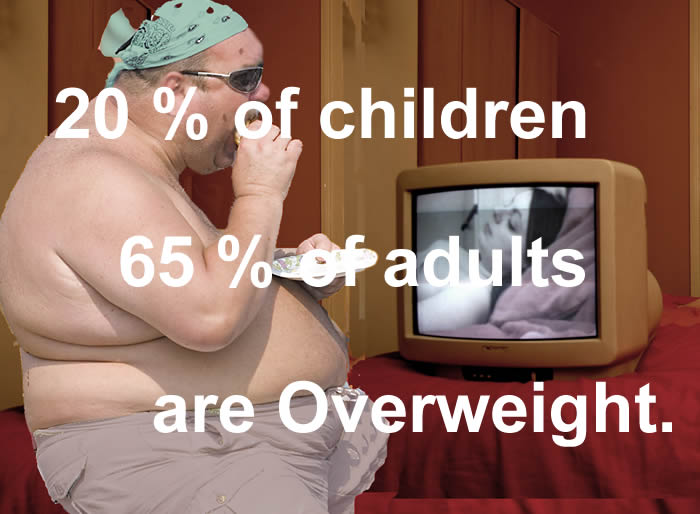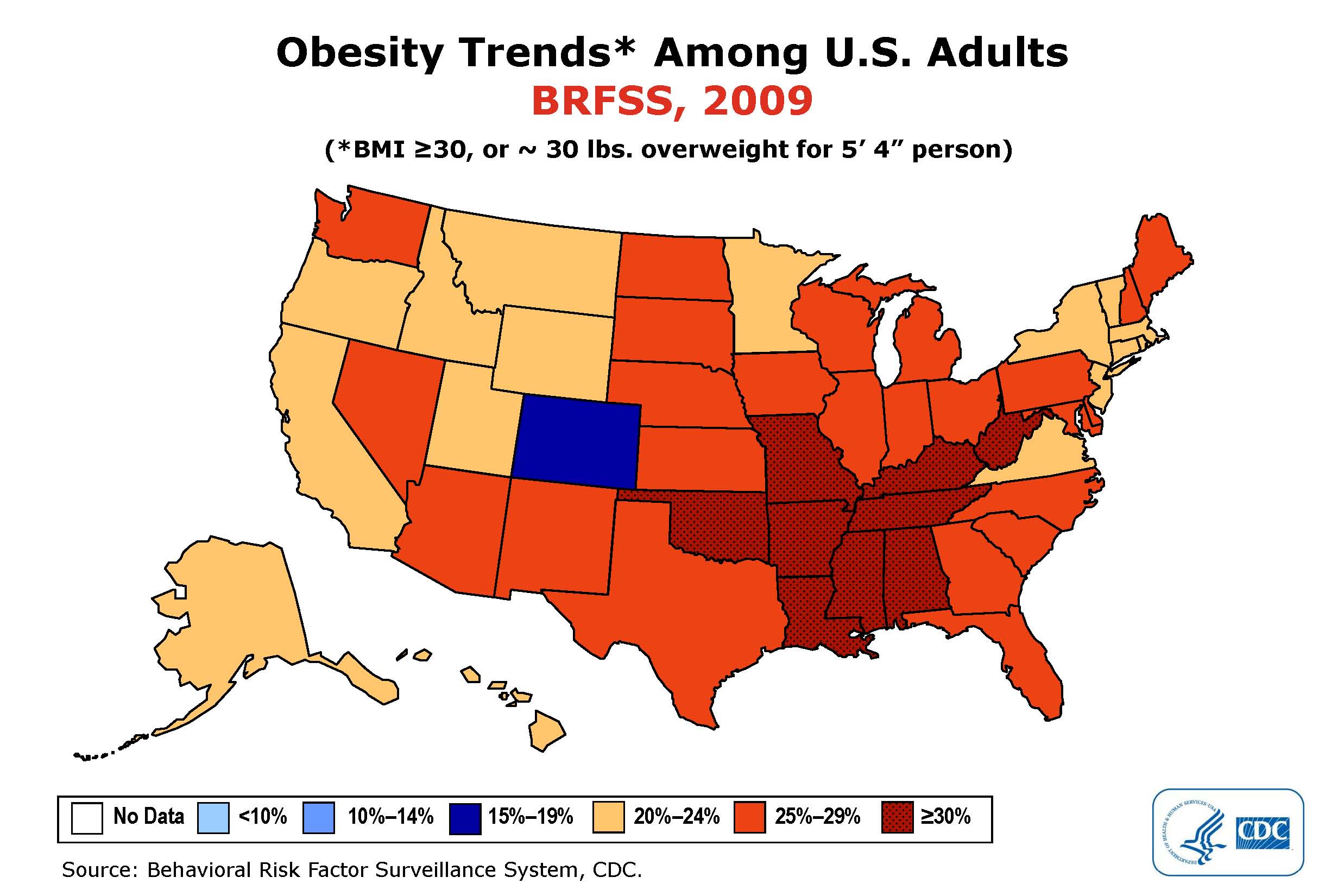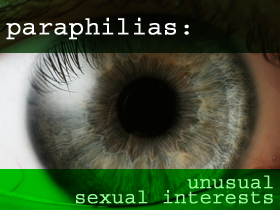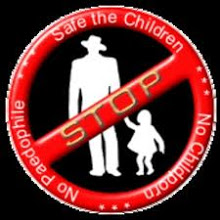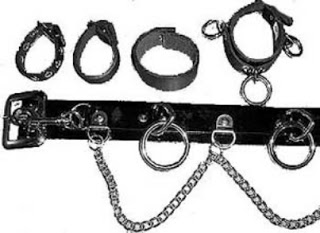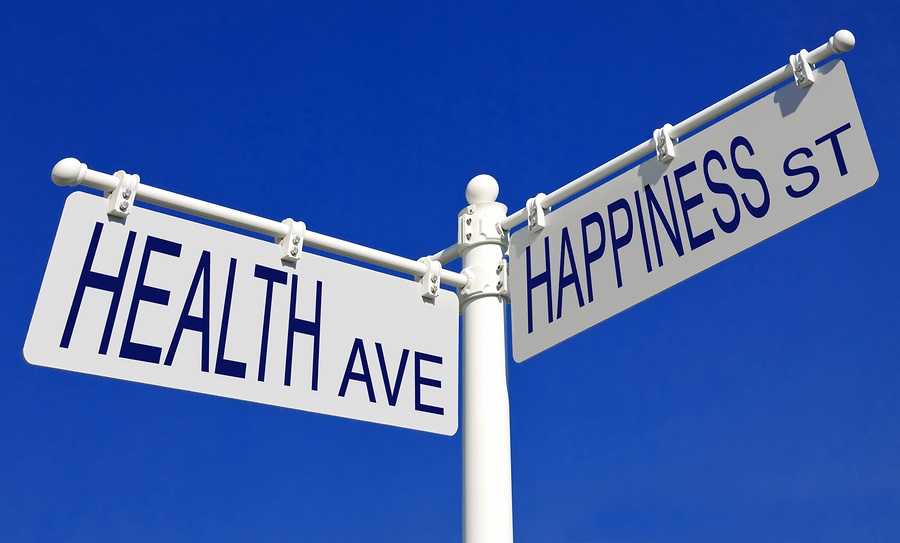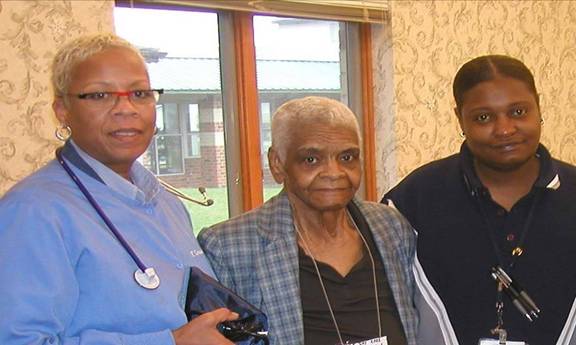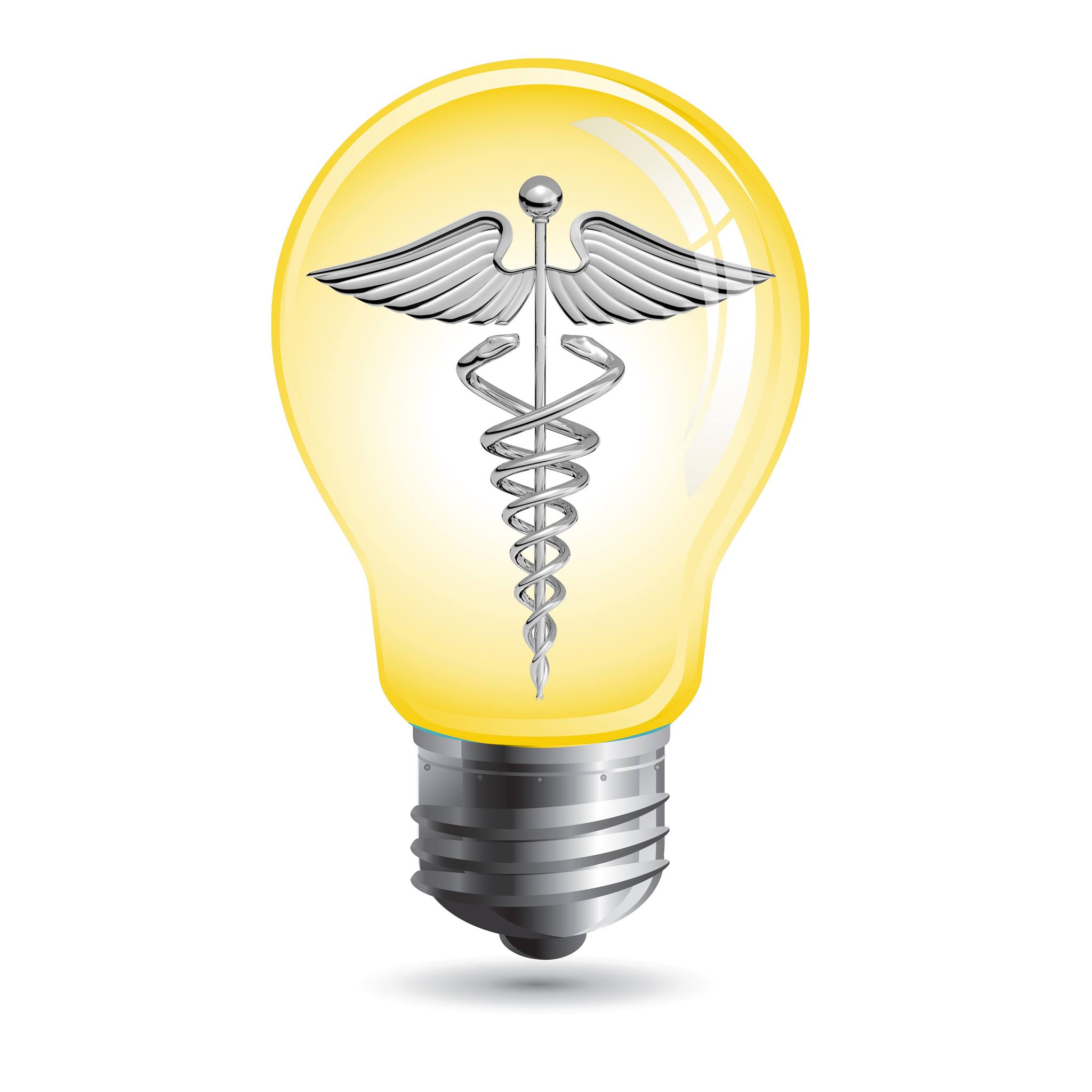If you’ve been following the Straight, No Chaser series on post-traumatic stress disorder, it may have occurred to you that episodes that some might be able to handle when taken in isolation can have dramatically different psychological effects on others. It gives one pause and a cause to reflect on recent episodes in the news locally and abroad through a different prism.
This is the fourth in a series on Post-Traumatic Stress Disorder (PTSD).
- For an introduction to PTSD, including signs, symptoms and those at risk, click here.
- For a discussion of the diagnosis and treatment of PTSD, click here.
- For a discussion of the effects of PTSD in children, click here.
When entire communities are affected by a mass trauma such as a natural disaster, a terrorist attack, the effects of war or even a seemingly senseless death within the community, many can develop signs of post-traumatic stress disorder (PTSD). In these instances, symptoms tend to develop in the first few weeks after the episode. This is a normal, expected and shared community response to serious trauma. Fortunately, when communities suffer trauma, resources are more likely to become readily available, which allows many to experience a lessening of symptoms over time.
In the immediate timeframe of the event, vital measures for physical and mental wellbeing should include the following.
- Getting medically evaluated and to a safe place
- Securing food and water
- Contacting loved ones or friends
- Learning what is being done to help and either provide or receive help as needed
Unfortunately, some individuals just do not get better on their own. Although most people tend to improve with time after a community disaster, it is not uncommon for some to become more distressed and to exhibit more symptoms of PTSD, depression, and other mental health conditions. There are so many variables in play based on the type of disaster that occurred. Some people are effective at rebuilding their lives if the available resources are appropriate for the type of effect it had on them personally, but others may experience ongoing stress from loss of jobs and schools, trouble paying bills, finding housing, and getting healthcare. These types of stressors compound the effects of the disaster and may delay recovery in those affected by PTSD.
Many in the public health communities are embracing a comprehensive version of mass trauma “psychological first aid.” This complement to medical and financial resources is meant to fill existing voids in post-community disaster care delivery. Otherwise treatment approaches are generally similar to treatment of other forms of PTSD.
At the end of it all, disasters are just that. It would be a good thing for you and your family to be aware of the types of community disasters you may be exposed to and prepare before you ever need help. Having emergency numbers and other resources on your person at all times can be the difference between life and death when seconds count. Here’s hoping you either never need such assistance or you’re prepared enough during a disaster to make it through ok.
Thanks for liking and following Straight, No Chaser! This public service provides a sample of what http://www.SterlingMedicalAdvice.com (SMA) and 844-SMA-TALK offers. Please share our page with your friends on WordPress, like us on Facebook @ SterlingMedicalAdvice.com and follow us on Twitter at @asksterlingmd.
Copyright © 2015 · Sterling Initiatives, LLC

